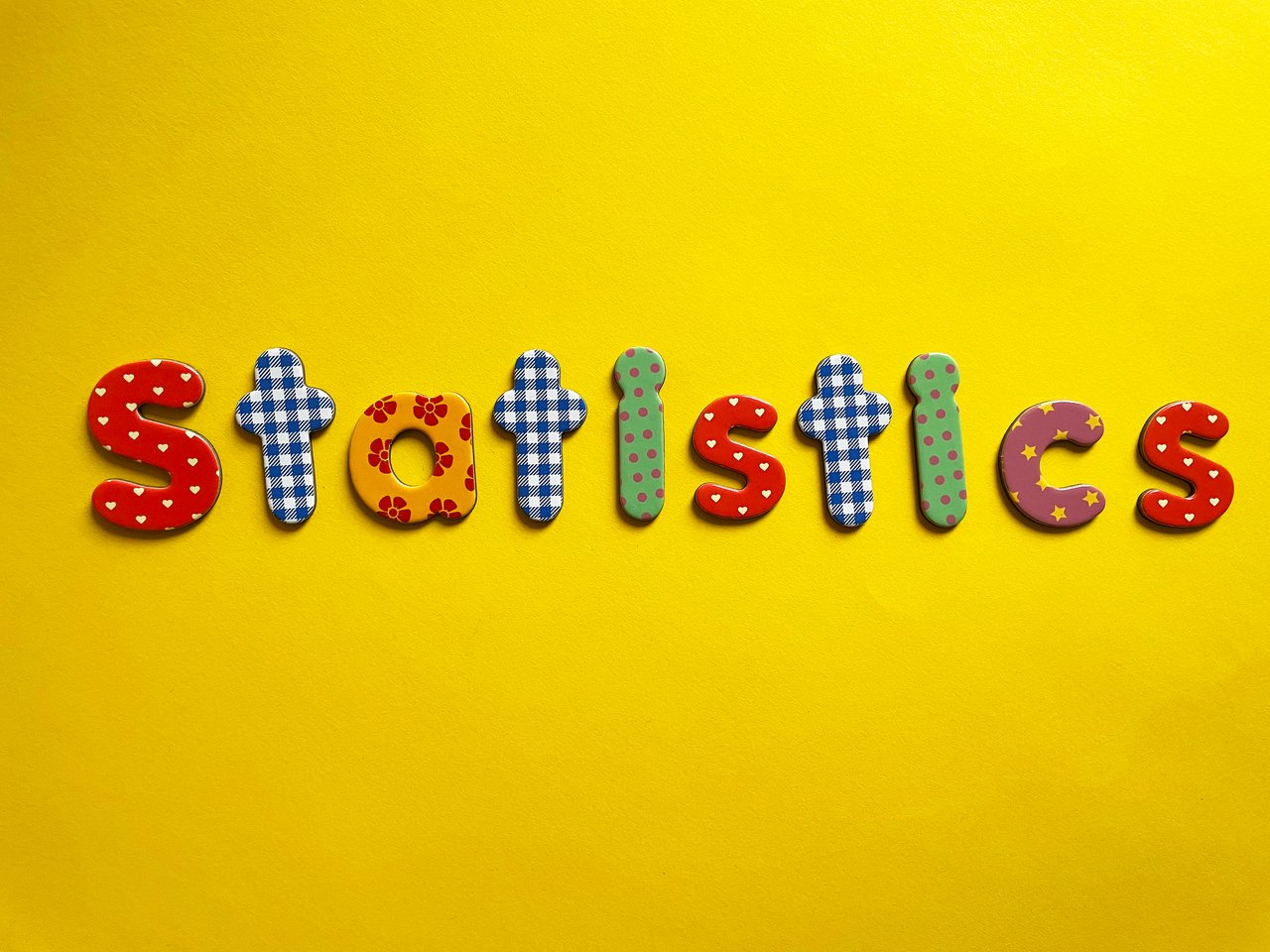
Statistics is used many places in the societies today, and we find much of it in weather predictions and in sports. And we can calculate different things, find the mean, median and variance and standard deviation for different things. And we are using these things to mean something about the future, and to state how things have been in past and in present. And maybe, we can give explanation, and tell how things should be better mastered just now!
The birth of statistics is often dated to 1662, when John Graunt, along with William Petty, developed early human statistical and census methods that provided a framework for modern demography. He produced the first life table, giving probabilities of survival to each age. And we can calculate how old persons will be, and we can be older or younger than that. We must do much counting in statistics, but many frequency tables are just about what can be done in conceivable categories about what is happening. And we can use these data to every industry in business life, and for doing mathematics with the public organizations.
The weather forecasts around the world are examples of calculating the trends that are going on when getting estimates on how the weather has been, and how it probably will be in the future. We are sitting or standing here, to make qualified guesses about the future, and we are trying to explain what happened in history. And many organizations are not doing these things in properly manners, and therefore we do not get the best institutions of all statistics in the world. And this is also the reasons why persons with competence in multivariate statistics like me, for instance, are asked to give their help, support and competence where there are many black holes in the understanding.
Statistics may be said to have its origin in census counts taken thousands of years ago; as a distinct scientific discipline, however, it was developed in the early 19th century as the study of populations, economies, and moral actions and later in that century as the mathematical tool for analyzing such numbers. We are always doing things in populations and in samples, and the samples should be representative of the populations, and we are using statistics to measure what is really happening, how things are happening, and why we see the development as we see. Many organizations are using statistics, and we use these things when there is too much uncertainty about what is going on, and the history in the past, and about trends coming in the future.
We have three kinds of data when doing calculations in statistics: These are the univariate data, the bivariate data and the multivariate data.
There are three types of lies: «Really lies, damned lies and statistics». This is part of a statements assigned to the statesman Benjamin Disraeli (1804-1881), and he was popular in the United States of the author Mark Twain (1835-1910). This means that statistics not always are given many thoughts and many beliefs, and we should also be skeptical about organizations using statistics, since we cannot always know the fundaments and the courses that different employees have about counting beliefs.
The statement of statistics, shows to the convicting and seemingly credibility by using numbers, and use of statistics to support weak arguments, and simultaneously the trend to some people to downgrade and to criticize statistics that does not support their real and own position, just like the statements: «Do not disturb me with facts, since I know I have the right ways to think and to go further from what we know today!». We should not believe in any single statements about statistics unless it has foundation in real sciences. And measures in the opinion have much statistics, since we cannot know everything. And this type of science is also used in questionnaires.
We can use any kinds of views of the data, like for instance frequency tables, pie charts and bar charts. And maybe, we also find many other things in nature where we can use our human nature to explain trends, and make implications for the future to come!
Please do follow if you want to keep up with my next article. Any upvotes or resteems are hugely appreciated!
Latest article, check out :
The history of music artists: The case of Duane Allman
Sverre Larsen
Kristiansand, Norway
Latest content: Travel, Art, Food, Article, Poetry

